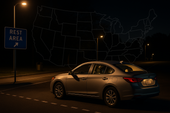How Safe Are Portable Power Stations?
ZacharyWilliamTable of Contents
- Yes—Portable Power Stations Are Safe to Use
- What Makes a Portable Power Station Safe?
- Why LiFePO₄ Is the Safest Battery Chemistry
- Debunking Common Safety Concerns
- How to Use a Portable Power Station Safely
- Safety Showdown: Power Station vs. Gas Generator
- Why UDPOWER Leads in Power Station Safety
- Conclusion
Yes—Portable Power Stations Are Safe to Use
With built-in protection systems, high-quality battery chemistries like LiFePO₄, and certifications from trusted testing organizations, today’s portable power stations are designed to be one of the safest energy solutions available. Whether you're powering a laptop during a blackout, running a mini fridge in your RV, or charging a phone at a campsite, safety is deeply integrated into the technology.

What Makes a Portable Power Station Safe?
Modern portable power stations are engineered with safety at their core. Here are the essential safety features:
Battery Management System (BMS)
Monitors battery temperature, charge levels, and output. Prevents overcharging, over-discharging, and short circuits.
Short Circuit & Surge Protection
Automatically shuts off power during abnormal conditions to prevent damage.
Temperature Control
Thermal sensors regulate internal temperature and shut down the unit if it overheats.
Pure Sine Wave Inverter
Delivers safe power for sensitive electronics like laptops, drones, and medical devices.
Certifications
Look for UL, CE, FCC, RoHS, UN38.3 certifications to ensure safety and compliance.
Why LiFePO₄ Is the Safest Battery Chemistry
Compared to traditional lithium-ion batteries (NMC/NCA), LiFePO₄ (Lithium Iron Phosphate) is:
- More thermally stable and less prone to fire
- Capable of 3,000–4,000+ charge cycles
- Non-toxic and more environmentally friendly
These advantages are why brands like UDPOWER use LiFePO₄ in their power stations.
Watch this video for a visual explanation:
Debunking Common Safety Concerns
Can They Catch Fire or Explode?
Extremely rare. LiFePO₄ chemistry and thermal management systems greatly reduce this risk.
Is It Safe to Leave Charging Overnight?
Yes. Certified models have overcharge protection and are designed for long charge times.
Can They Be Used Indoors?
Yes. Unlike gas generators, portable power stations emit no carbon monoxide or fumes.
Are They Safe Around Kids or Pets?
Yes, provided they are in good condition and cords are kept secure.
How to Use a Portable Power Station Safely
Do:
- Read the manual and follow guidelines
- Use certified accessories
- Keep dry and store in cool areas
Don’t:
- Overload beyond rated capacity
- Expose to extreme heat or moisture
- Disassemble the unit
Safety Showdown: Power Station vs. Gas Generator
| Feature | Portable Power Station | Gas Generator |
|---|---|---|
| Indoor Use | Yes | No – CO Risk |
| Fire Hazard | Very Low | High |
| Emissions | None | Yes |
| Noise | Quiet | Loud |
| Maintenance | Minimal | Frequent |
Why UDPOWER Leads in Power Station Safety
UDPOWER designs its power stations with safety-first engineering:
- LiFePO₄ batteries for chemical and thermal safety
- Advanced BMS and pure sine wave inverters
- Multiple protective layers and auto shutoff
- Certified by UL, UN38.3, CE, FCC
- Backed by 5-year warranties and responsive support
Conclusion
Portable power stations are one of the safest energy sources for modern needs. With clean energy, smart safety features, and stable battery technology, they’re ideal for emergencies, travel, and daily backup.
Choose a trusted brand, prioritize LiFePO₄ batteries, and follow best practices—and you’ll enjoy safe, silent, and sustainable power wherever you go.
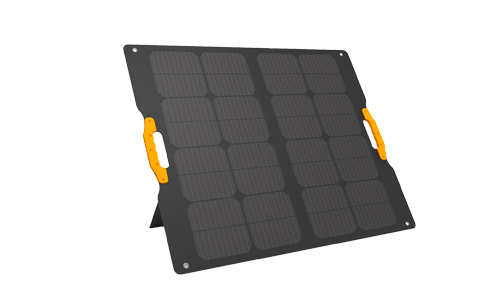
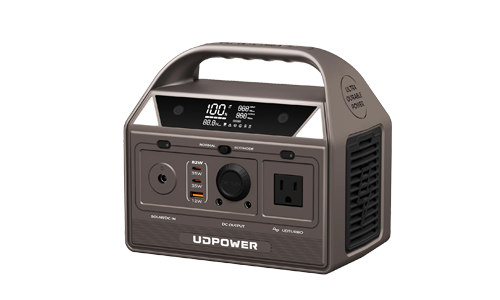
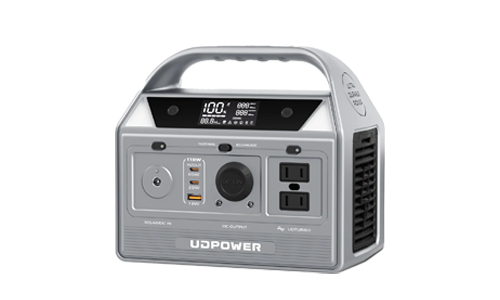
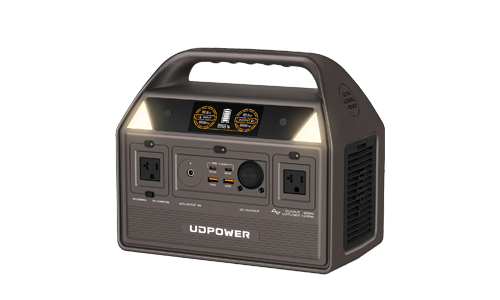
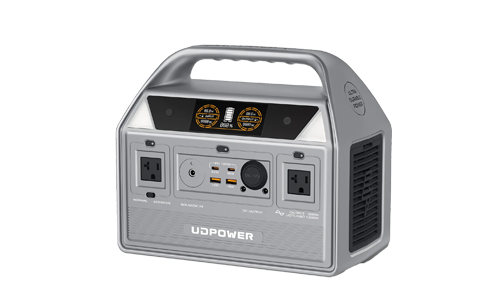


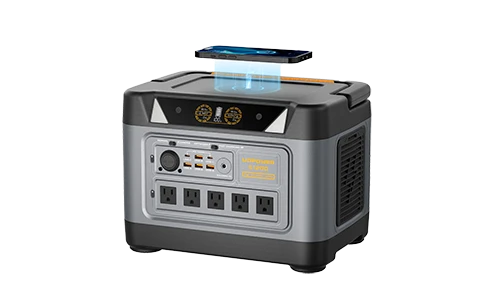
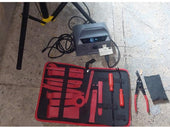
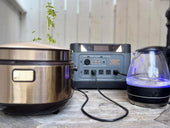
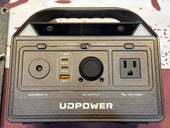
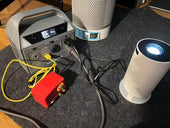
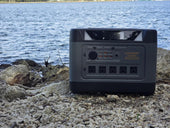
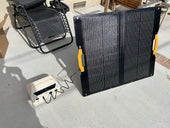
















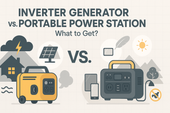
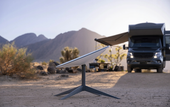



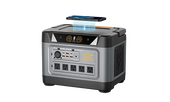







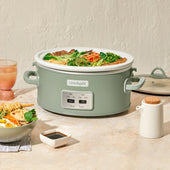






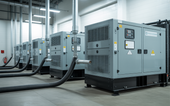
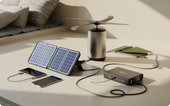
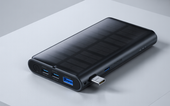


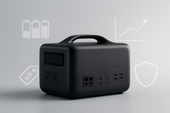







![How to Live In The Woods [Complete Guide]](http://udpwr.com/cdn/shop/articles/Off-Grid_Cabin_Option_f6c94fe7-1ae7-4c3a-baf5-ed9fe684c832.png?v=1763523215&width=170)


